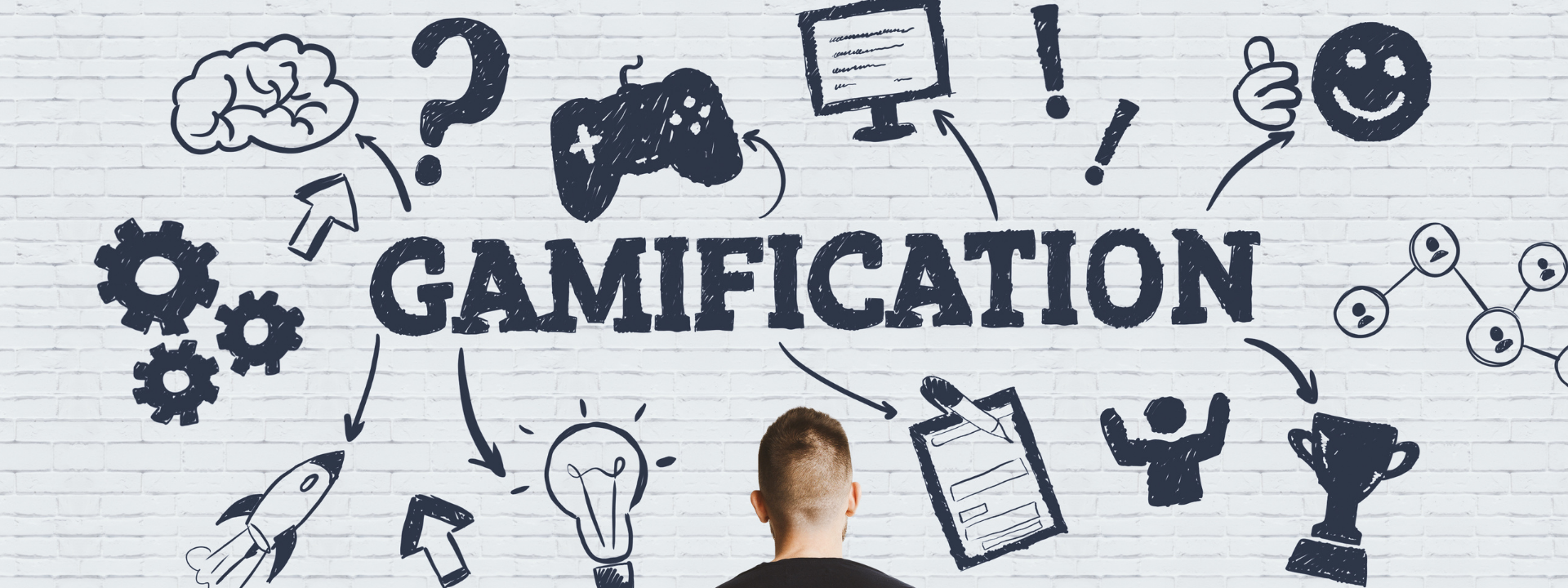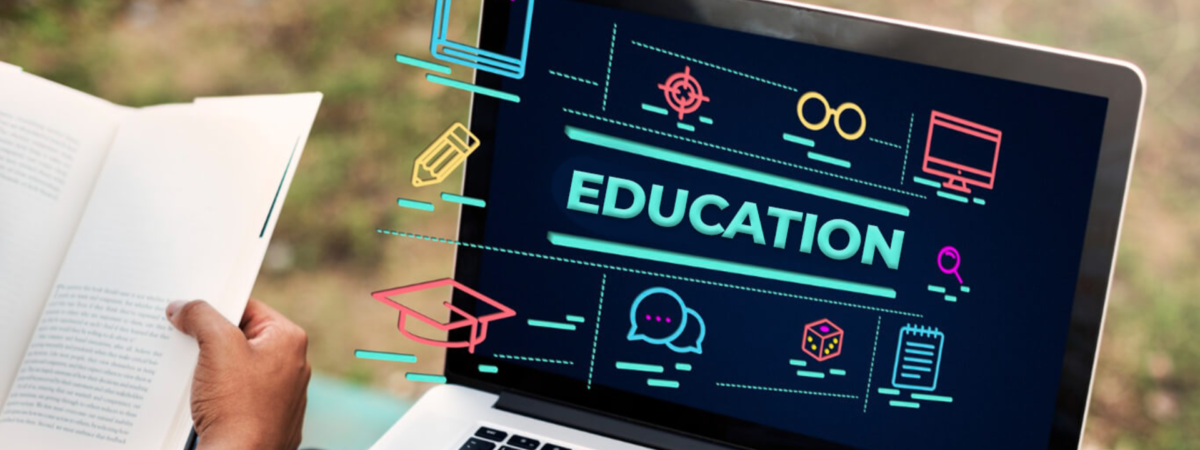What is Microlearning?

Unleashing the Power of Microlearning: Benefits and Applications
In today’s fast-paced world, where time is of the essence, traditional learning methods can sometimes feel overwhelming and time-consuming. That’s where microlearning comes into play. Microlearning has gained significant traction in recent years as an innovative approach to learning, catering to our modern lifestyle. In this article, we will explore the concept of microlearning, its benefits, and how it can revolutionize the way we acquire knowledge.
Understanding Microlearning: Microlearning refers to the delivery of small, bite-sized units of information designed to meet specific learning objectives. These concise modules typically consist of videos, infographics, quizzes, podcasts, or any other form of content that can be consumed quickly and easily. Unlike traditional learning methods that require hours of commitment, microlearning focuses on delivering focused, compact bursts of knowledge that can be completed in a matter of minutes.
Benefits of Microlearning

The benefits of microlearning applications to learning processes can be listed as follows:
-
Time Efficiency
One of the key advantages of microlearning is its time efficiency. With the ability to consume content in short, digestible chunks, learners can fit learning into their busy schedules. Whether it’s during a lunch break, commute, or spare moments throughout the day, microlearning allows for seamless integration of learning into daily routines.
-
Increased Retention:
Microlearning leverages the concept of spaced repetition, which has been proven to enhance knowledge retention. By delivering information in small, repeated doses over time, learners reinforce their understanding and retain information more effectively. This repeated exposure helps to solidify learning, making it easier to recall and apply in real-world scenarios.
-
Engaging and Interactive
Microlearning offers various multimedia formats, making the learning process engaging and interactive. Videos, quizzes, gamified elements, and interactive modules capture learners’ attention and create an immersive learning experience. This interactivity not only enhances engagement but also boosts motivation and knowledge retention.
-
Targeted Learning
Microlearning allows learners to focus on specific topics or skills that are most relevant to their needs. It provides the flexibility to choose modules tailored to individual preferences, enabling learners to acquire knowledge and skills in a targeted manner. This personalized approach enhances the overall learning experience, ensuring maximum effectiveness.
-
Just-in-Time Learning
Microlearning is particularly effective for just-in-time learning, where learners can access information at the moment of need. Whether it’s troubleshooting a technical issue, learning a new software feature, or refreshing a concept before a meeting, microlearning provides immediate access to relevant knowledge, eliminating the need for time-consuming searches or extensive training sessions.
-
Scalability and Cost-Effectiveness
Microlearning is highly scalable and cost-effective compared to traditional learning methods. Creating bite-sized modules is less time-consuming and resource-intensive, making it easier to update and maintain content. This scalability also allows organizations to reach a larger audience and ensure consistent knowledge dissemination across teams or departments.
 Revolutionizing Learning: The Power of Gamified Microlearning Apps
Revolutionizing Learning: The Power of Gamified Microlearning Apps
Combining the engagement and motivation of gaming with the effectiveness of microlearning, these apps are revolutionizing the way we acquire knowledge. In this article, we will explore the concept of gamified microlearning apps, their benefits, and how they can enhance the learning experience.
Understanding Gamified Microlearning Apps
Gamified microlearning apps merge the principles of gamification and microlearning to create a captivating and effective learning experience. Gamification incorporates game elements, such as points, badges, leaderboards, and rewards, into non-game contexts to motivate and engage learners. Microlearning, on the other hand, focuses on delivering small, bite-sized units of information to achieve specific learning objectives. By combining these two approaches, gamified microlearning apps offer learners a highly interactive, goal-oriented, and rewarding learning environment.
Benefits of Gamified Microlearning Apps
 The benefits of gamification-based microlearning applications to learning processes can be listed as follows:
The benefits of gamification-based microlearning applications to learning processes can be listed as follows:
-
Enhanced Engagement and Motivation
Gamified microlearning apps excel at capturing learners’ attention and sustaining their engagement. The gamified elements, such as challenges, progress tracking, and rewards, create a sense of achievement and healthy competition. Learners are motivated to complete tasks, earn points, and unlock achievements, which boosts their enthusiasm and commitment to the learning process.
-
Personalized Learning Paths
Gamified microlearning apps often incorporate adaptive algorithms that personalize the learning experience based on individual progress and preferences. Learners can navigate through content tailored to their specific needs and skill levels. This personalized approach ensures that learners receive the right content at the right time, increasing the relevance and effectiveness of the learning experience.
-
Microlearning’s Retention Advantage
Microlearning’s inherent advantage in knowledge retention is further amplified in gamified microlearning apps. By presenting information in bite-sized modules and reinforcing it through gamified activities, learners are more likely to retain and recall the acquired knowledge. The combination of interactive gameplay and repeated exposure to information significantly enhances long-term retention.
-
Immediate Feedback and Progress Tracking
Gamified microlearning apps provide immediate feedback on learners’ performance, allowing them to track their progress and identify areas for improvement. Learners receive real-time assessments, scores, and progress indicators, which help them gauge their understanding and stay motivated. The instant feedback loop fosters a continuous learning cycle, enabling learners to refine their knowledge and skills efficiently.
-
Social Learning and Collaboration
Many gamified microlearning apps incorporate social features, enabling learners to connect, compete, and collaborate with peers. Leaderboards, discussion forums, and team challenges foster a sense of community and healthy competition. Learners can share insights, seek support, and learn from each other, creating a dynamic and collaborative learning environment.
-
Flexibility and Accessibility
Gamified microlearning apps offer flexibility and accessibility, making learning available anytime and anywhere. Learners can access content on their mobile devices, allowing them to learn on the go. The modular nature of microlearning allows learners to fit learning into their busy schedules, ensuring maximum efficiency and convenience.
As the result, gamified microlearning apps have emerged as a powerful tool for enhancing engagement, motivation, and knowledge retention in the learning process. By combining the elements of gamification with the effectiveness of microlearning, these apps provide a dynamic and personalized learning experience. As organizations and educational institutions embrace these innovative solutions, gamified microlearning apps have the potential to transform the way we acquire new skills and knowledge, fostering a culture of continuous learning in the digital age.


